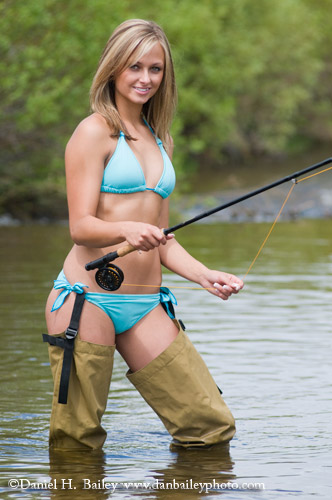On the fishing website, Smallmouths.com, I had a fellow ask me to place this post I made onto my blog... Here you go Dave T.
I hope that this helps many in some way.
Hey Wooly Curltail, thanks for the question...
How would I load a jet rig onto a trailer in and area with back eddies?
Yes, this is a difficult job to accomplish, foe sure. But once you understand the eddies you have in these particular areas and have loaded your jet rig successfully, you'll be able to concentrate and repeat the same procedure without too much difficulty.
Prior to loading the trailer, pull an extra length of winch strap out and down onto trailer. This may be needed if you do not have enough power get the the jet rig up all the way to the roller and safety chain.
I hang the safety chain on the nut that it attaches to the trailer.
Unplug the Trolling Motor to prevent injuries!!
(I have intimate understanding and the scars to prove of the dangers of a TM!)
1. Determine which direction the eddy(ies) is flowing
2. Take the trailer and back it into the water so that the trailer is facing the direction downstream of the eddy. Return to the rig, push off the shore, and prepare to load.
3. As I approach upstream with the boat (better control), if I can take it straight onto the bunks, that would be my first choice.
4. However, if I cannot just drive up onto the bottom bunks because water pressure is exerted on the boat from different angles, I will use the bottom bunks as a swing point or fulcrum. Approach the trailer under control until you hit one or both of the bottom bunks. Once this has been achieved, throttle up and swing the boat to face the trailer straight on. Now, punch the throttle hard and take it up onto the trailer. This is not an easy step, but with practice it can be done.
5. If it's a steep ramp, I keep some pressure on with the throttle so I can leave the console, lay on my belly, reaches down and do up the winch strap. If possible, I will attach the safety chain either on the boat or on the winch strap. This is determined by how far up the bunks I was able to achieve.
6. Return to the console and shut down the boat motor.
7. Step out of boat at the bow and onto the tire or trailer itself.
8. I will winch the boat up as far as I can or until I can place the safety chain onto the trailer or boat.
I have two artificial hips and a lot of arthritis, so to winch the boat to the roller sometimes is nearly impossible for me.
9. With the boat secure, I will then drive the trailer and loaded boat to a location with a slight downward hill (if possible). From that position, I can usually finish the job of winding the boat up to the roller.
10. Finish stowing items in boat, attaching lights, and strapping down for towing boat home.
I hope this all made sense.
There are so many things to learn in owning a jet rig. I am truly surprised that dealers don't offer educational courses to show new owners how to handle jet rigs and their proper care. Just like prop motors, jet rigs have their own characteristics and should be learned to remain safe on the water.
Dad
Wednesday, May 26, 2010
Subscribe to:
Post Comments (Atom)
















No comments:
Post a Comment